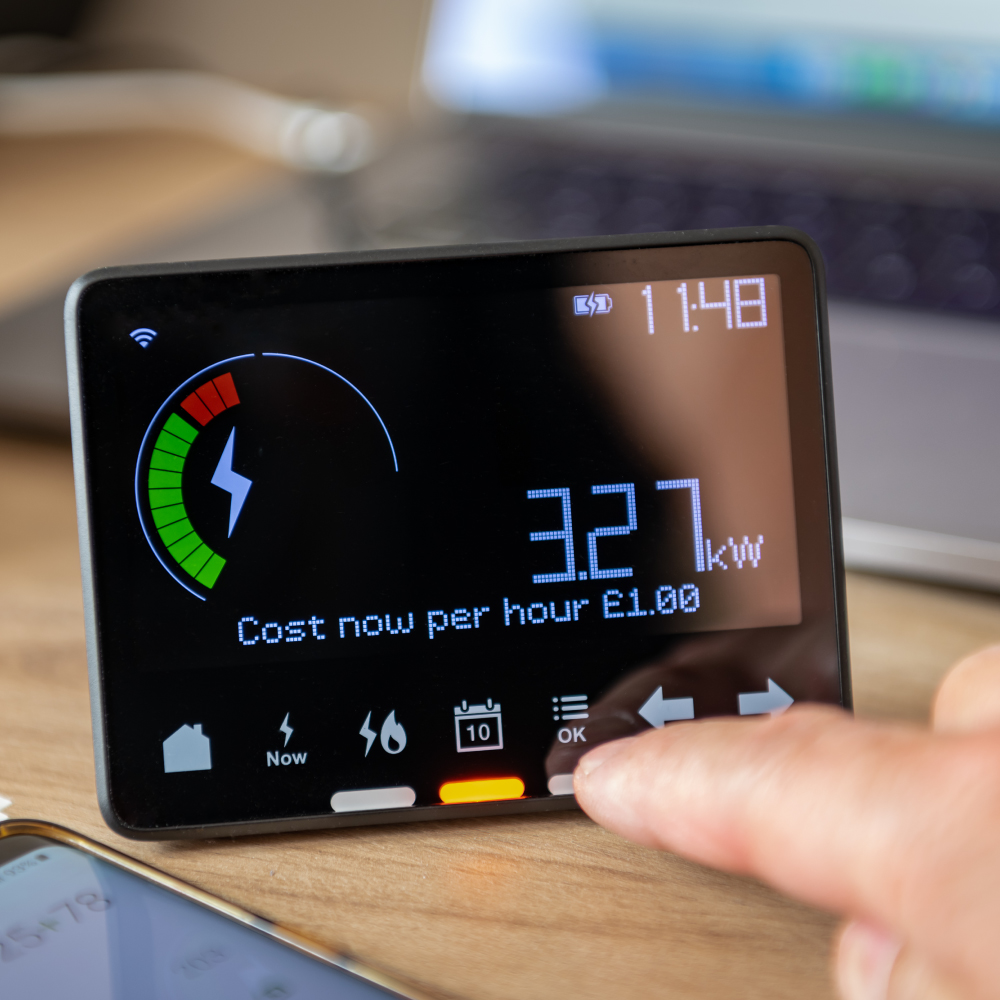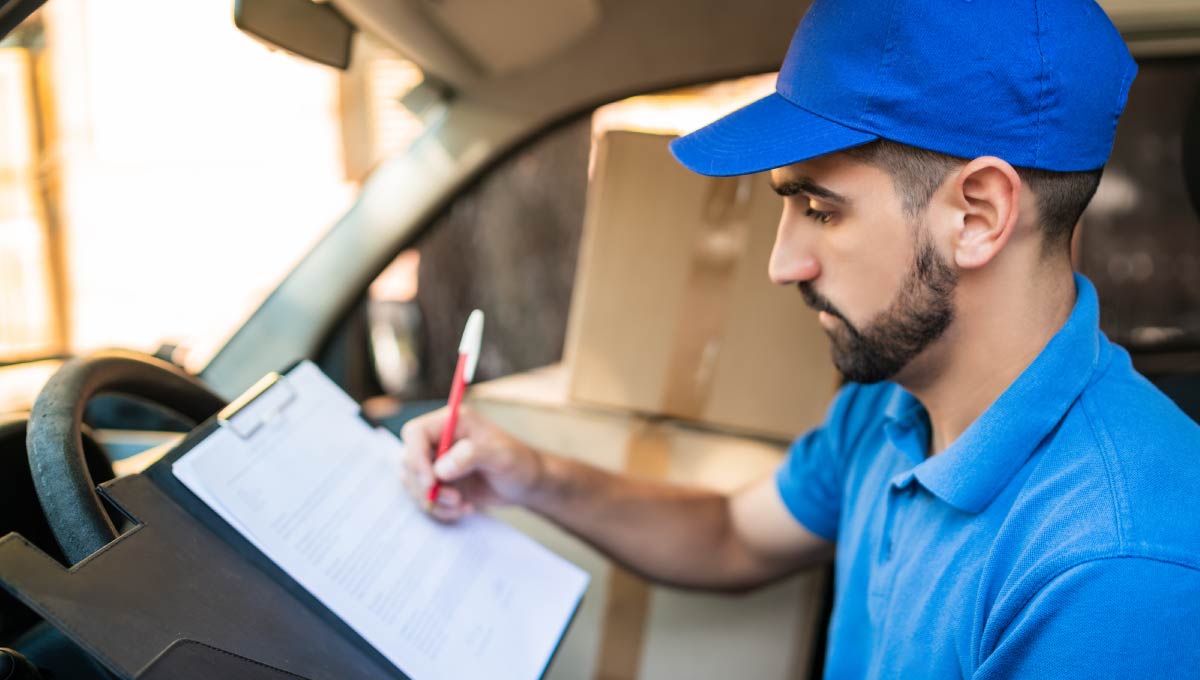Consumers and businesses have had a great deal to contend with over the past couple of years. The Covid-19 pandemic has pushed up the demand for online shopping. Inflation has reached its fastest pace in 40 years (1). To add to the challenges, the cost-of-living crisis is changing the way consumers buy and receive goods, meaning cost is an even stronger factor in consumer purchasing decisions than before. How is this impacting eCommerce delivery? Let’s find out.
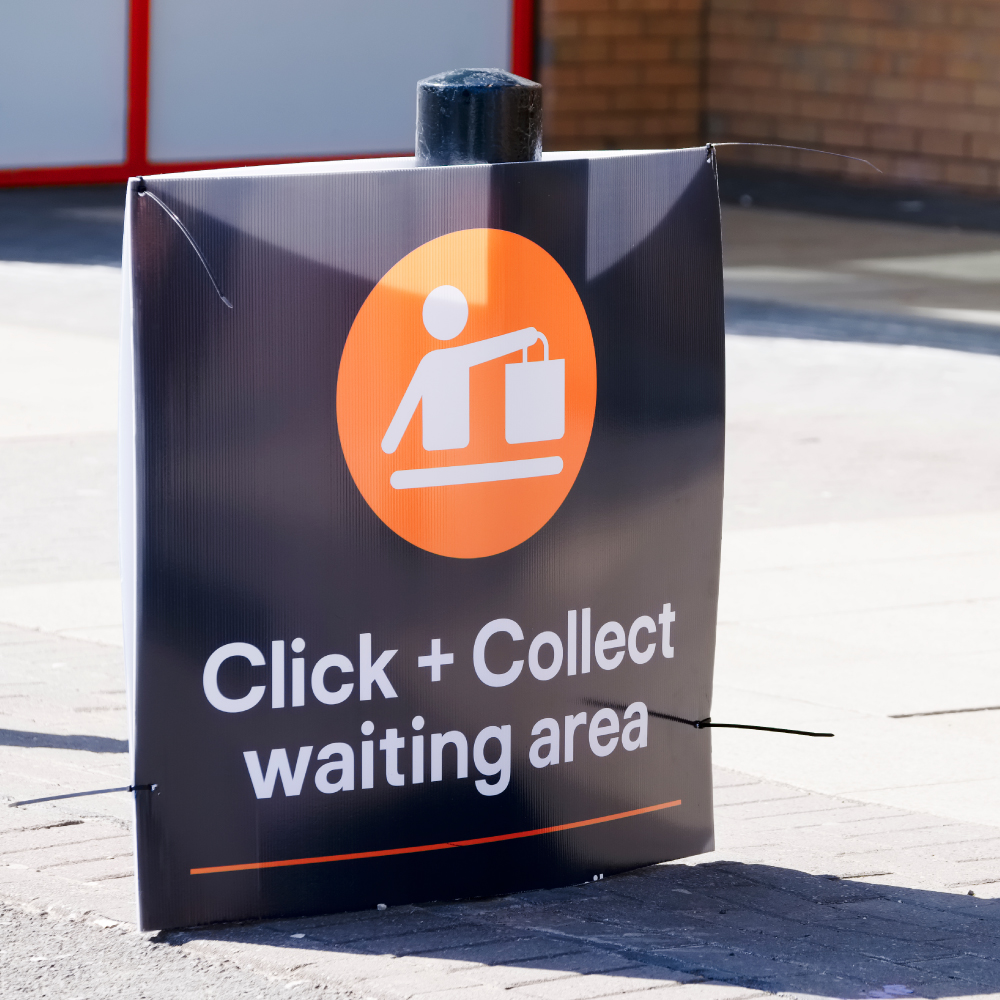
The rise of click-and-collect
The pressure is on for businesses to keep the orders flowing despite the cost-of-living crisis. eCommerce shipping isn’t without its challenges, especially with supply chain issues and strikes putting pressure on logistics. Click and collect has become a more appealing option for customers, as it means they can pick up their order when it’s convenient for them so there is less chance of missing a delivery, and is also a cheaper option than home delivery. Click and Collect now accounts for 40% of sales for retailers who offer the service (2), an increase from 37% a year ago. It’s a great option, especially if it can be offered at no extra cost for smaller purchases. John Lewis for example suspended its minimum spend for click-and-collect for a period earlier in the year.
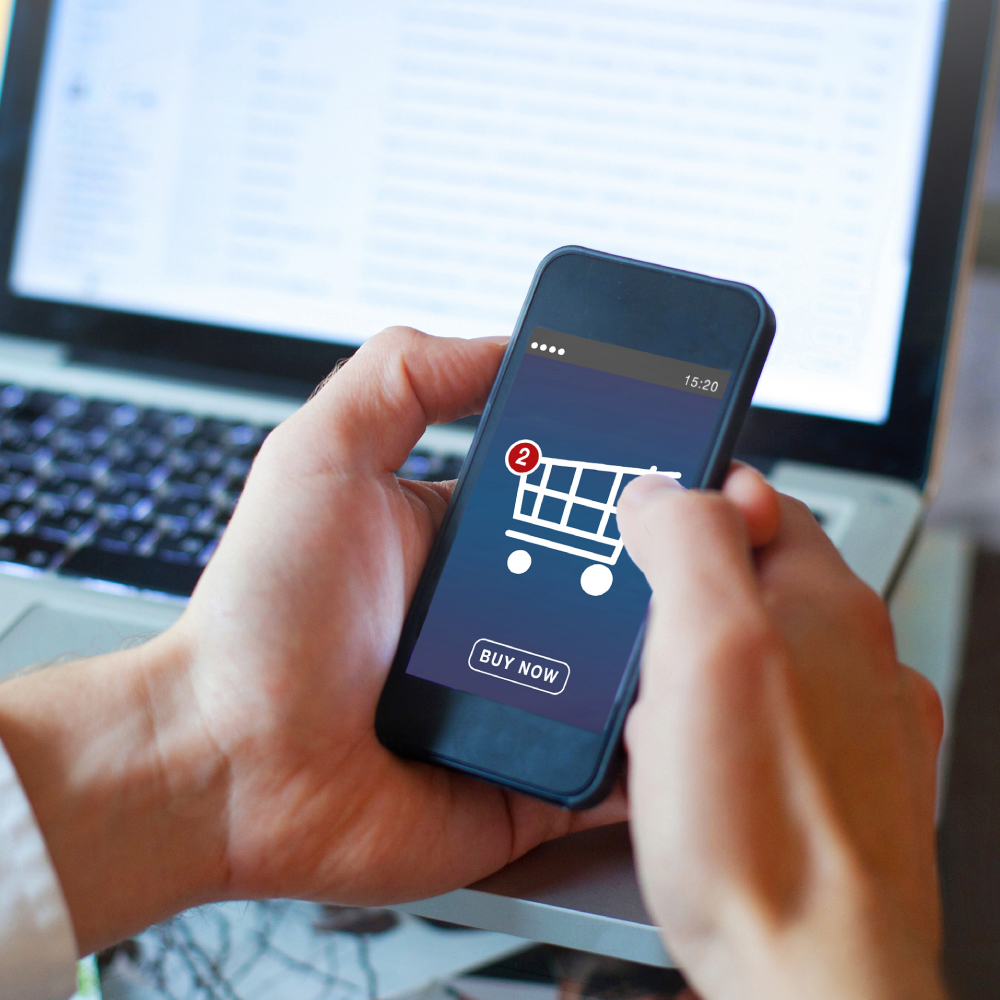
Hybrid shopping
Hybrid shopping, where purchases made online are then collected in-store, seems to work well for both consumers and businesses. It enables the consumer to collect their orders sooner than it might take for a delivery to get to their house, taking the pressure off the business’ eCommerce delivery expectations. Hybrid shopping – namely BOPIS (Buy Online, Pick Up In-Store) – saved many businesses during the pandemic by removing the added logistics of delivering to home addresses.
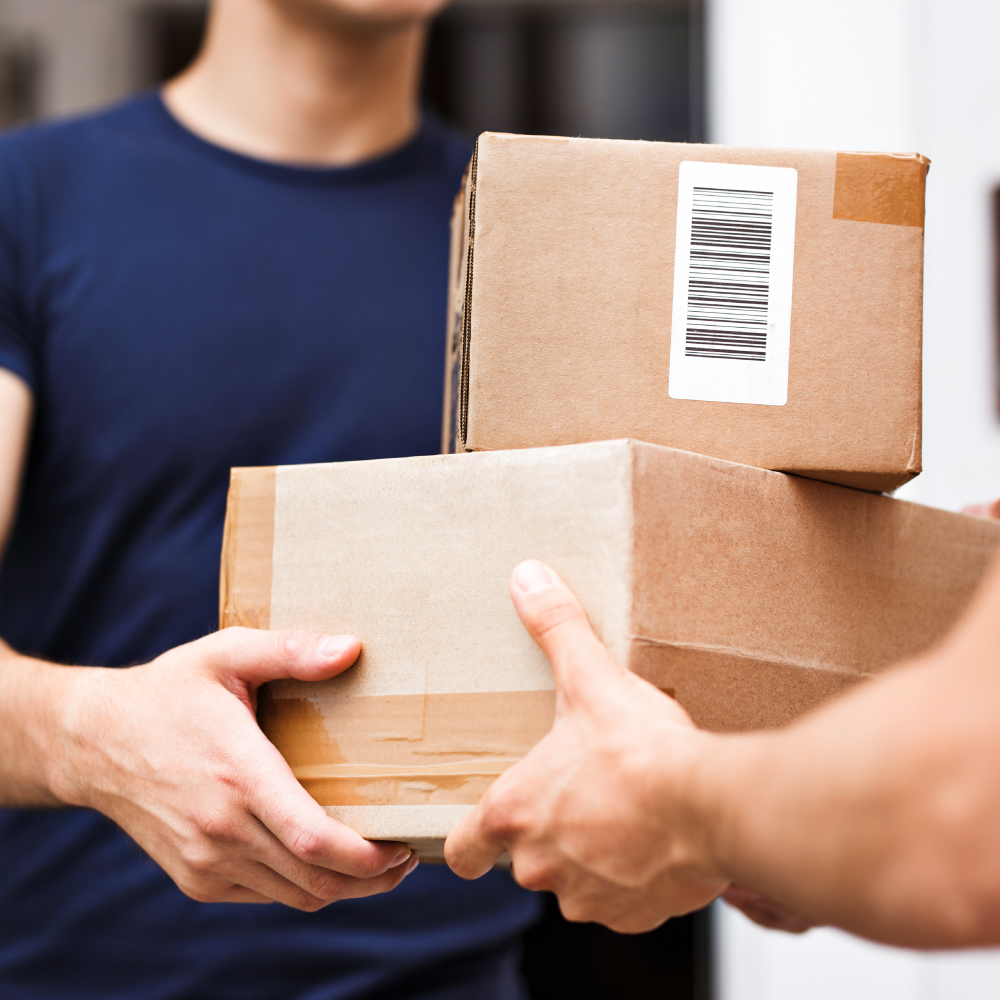
The introduction of D2C
Direct-to-consumer shopping is quickly growing into a necessity for many businesses. It enables the manufacturer to sell directly to consumers via their website or eCommerce platform, cutting out the middle step by keeping things direct between the brand and the consumer. This enables a stronger relationship between both and can help build loyalty to turn customers into brand advocates.
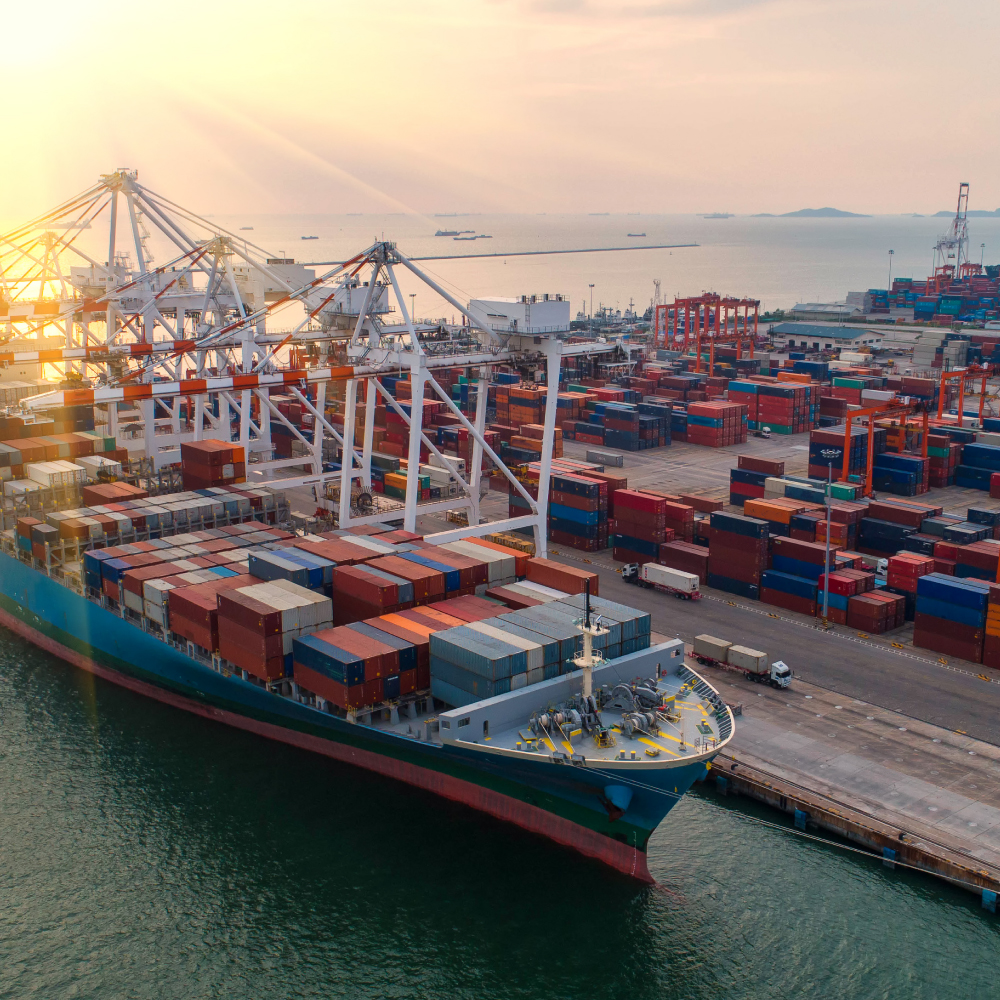
The cost and speed of shipping
The rise in cost-of-living is having a knock-on effect. As manufacturing cost rises, so does the cost of goods and shipping fees. As many businesses have been experiencing supply chain issues, it is becoming increasingly important to reassure consumers and gain their trust. Reducing supply chain issues is a challenge worth tackling as many consumers see speedy delivery as a reason to purchase from one business over another. Speed of delivery is now the decisive factor behind over one-quarter of abandoned carts, second only to pricing among customers who intended to make a purchase (4).
This means retailers must avoid relying on a single carrier for shipping to run smoothly, but this is as much of a problem as it is a solution. Why? Because the more carriers businesses engage integrations and contracts with, the complexity only increases and the more chance there is of something going wrong. But there are ways to go multi-carrier without the hassle and complications.
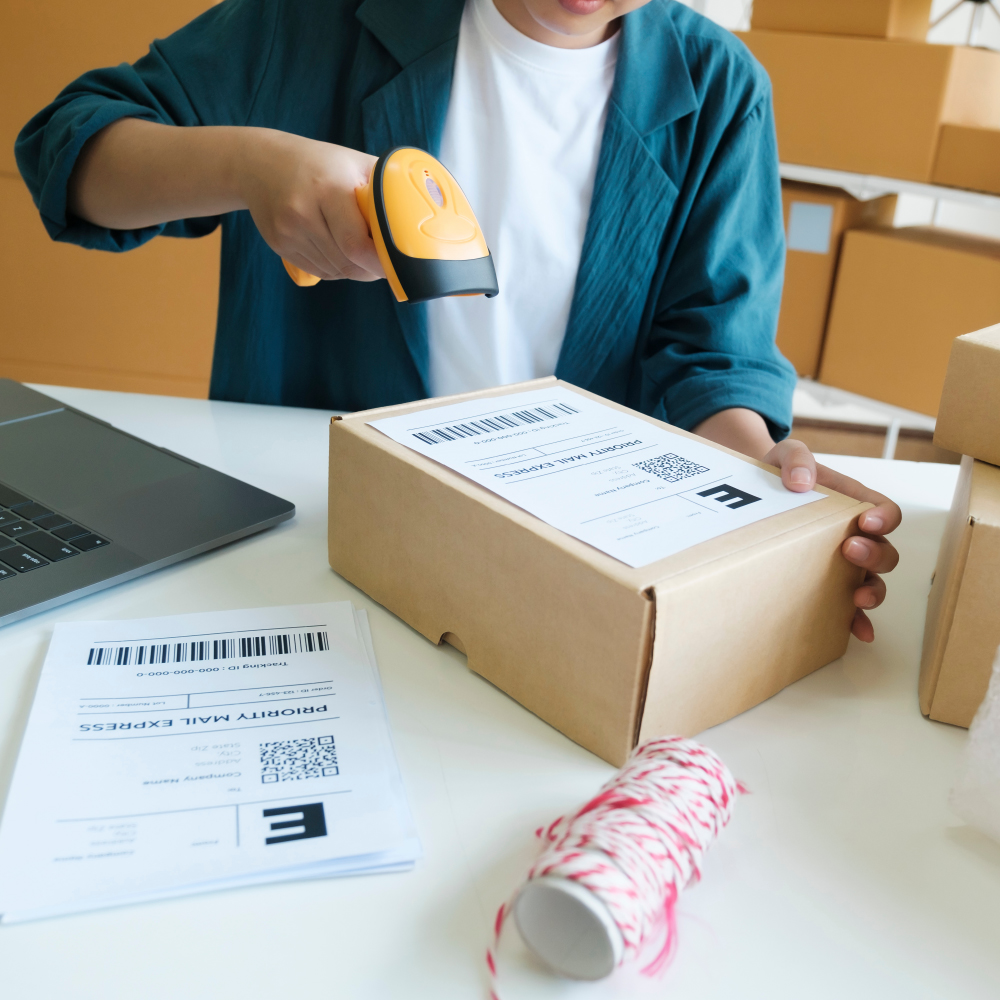
eCommerce returns
It’s interesting to know that 60% of UK consumers (5) would consider shopping somewhere else to avoid online return fees. Reverse logistics can have a severe impact on operational costs, and keeping costs down is a must in the present economic climate. For some retailers such as ASOS, returns have been increasing as consumers put a halt on their spending.
A good option may be to offer free in-store returns. The benefit of this is giving your customers a free way to return if they want to, reducing the pressure on your logistics & operations teams and also providing opportunities for consumers to see other items to buy or exchange.

Robust Delivery Whatever Happens
Working with a multi-carrier partner like GFS means you can access 1000+ different delivery services, including Click and Collect services, as well as proactive parcel management and smart multi-carrier technology, expert advice and support from an experienced customer care team.
Sources
- https://home.barclays/news/press-releases/2022/10/click-and-collect-economy-worth-over-p42bn-as–hybrid–shopping-/
- https://fashionunited.uk/news/retail/john-lewis-suspends-minimum-spend-for-click-and-collect-amid-cost-of-living-crisis/2022092865395
- https://www.retaildive.com/press-release/20220725-survey-62-of-shoppers-expect-their-free-shipping-orders-to-arrive-in-3-bu/
- https://gfsdeliver.com/resetting-customer-expectations-the-state-of-ecommerce-returns-in-2022/


